If you are a fan of science fiction movies, chances are you have seen Ridley Scott’s 1982 sci-fi noir classic ‘Blade Runner.’ Based on Philip K. Dick’s book ‘Do Androids Dream of Electric Sheep?’ the story takes the audience to a futuristic society of robotic slaves. Set in the future, when robots (or “replicants”) have attained consciousness and memory, the titular bounty hunter Deckard tracks down a group of rogue replicants. By the time the movie comes to a finale, it becomes quite enigmatic, and the ambiguous ending does not help. If questions are plaguing you, let us try to decode the daunting delirium of a movie. There are several versions of the movie, but we shall follow the final cut that came out in 2007. SPOILERS AHEAD.
Blade Runner Plot Synopsis
In the early moments of the 21st century, a company called the Tyrell Corporation has ushered in a new era in robotics. In the “Nexus” phase, robots virtually become identical to humans in strength and intelligence due to advances in bioengineering. These robots are called replicants. They are used as laborers and slaves in the Off-World, but the problems arise when the Nexus 6 generation becomes superior to their creators, the humans. After an attempted mutiny on a colonized planet, the Nexus 6 robots are declared illegal and are subjected to “retirement” by law enforcement bounty hunters known as Blade Runners.
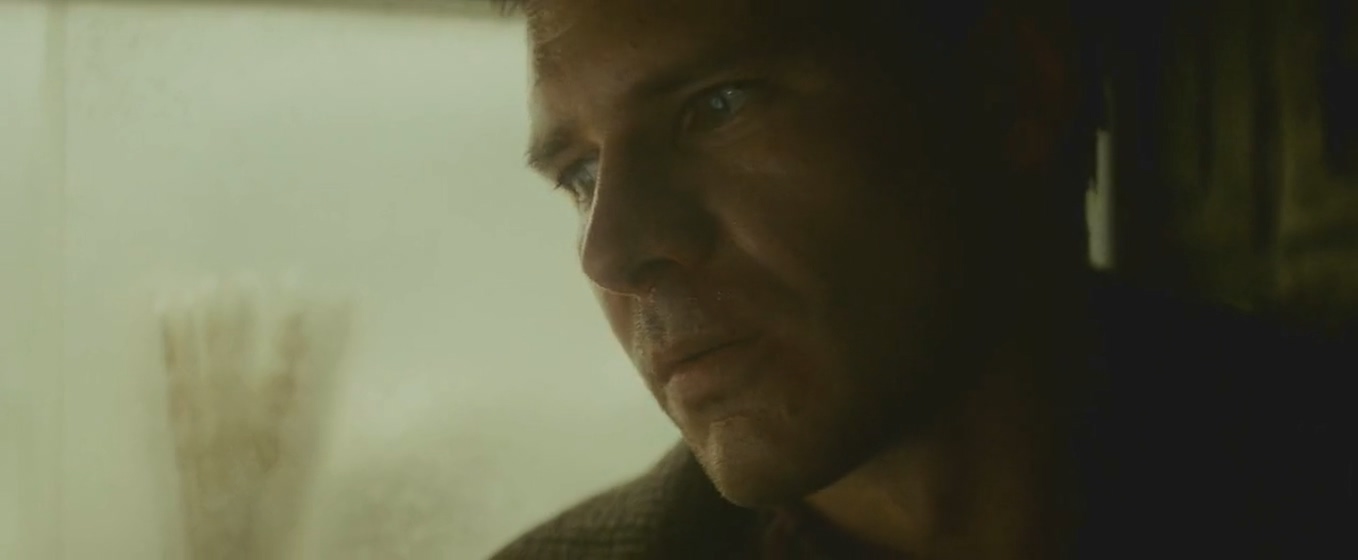
Rick Deckard, our protagonist, is such a bounty hunter brought back from retirement to retire four rogue Nexus 6 replicants – Roy Batty, Leon Kowalski, Zhora Salome, and Pris Stratton. These replicants have reportedly been involved in a shuttle massacre Off-World, and even though their lifespan is only about four years, Deckard’s superior Bryant orders Deckard to do the skin jobs. The blade runners perform the Voight-Kampff test to distinguish replicants from humans, which measures humanity by the parameters of empathy and capillary dilation of the blush response. As Deckard progresses in his quest through the sinews of a future-noir world, his journey would reveal the very crux of what it means to be humane.
Blade Runner Ending: Is Deckard A Replicant or Not?
This is the question that must be bugging you to the very core. There are many speculations and conflicting theories surrounding the question, and we shall get to each of them. At first glance, Deckard comes off as a human blade runner reinstated on duty to retire four replicants. However, in a film that toys with the essence of humanity itself, the ambiguity regarding Deckard’s character remains a glaring question till the very end. Although the ending is highly suggestive, it does not provide a definitive answer regarding the nature of Deckard’s character.
If we look at the director’s interpretation, he remains firm in his stance that he configured Deckard as a replicant. However, if we believe Harrison Ford’s words, who plays the role in the movie, the character is undoubtedly human. With the contrasting revelations, we come to an impasse. Deckard being human makes quite a lot of sense since, in the original novel, Dick portrays Deckard as a human. Deckard shows empathy, has the ability to reason, and knows the procedure of the Voight-Kampff test, which should be enough to prove his humanity.
However, an ambiguous ending that harks back to a dream sequence midway through the movie’s final cut makes a compelling case for Deckard being a replicant. After their meet at Eldon Tyrell’s office, Deckard and Rachael develop feelings for each other. Although Rachael is a replicant, Deckard does not have the heart to retire her. When Gaff asks Deckard to eliminate Rachael as well, he fabricates a story about Rachael’s disappearance. In the end, Deckard escapes with Rachael, but Gaff already has a hunch about Deckard’s plan in the previous scene.
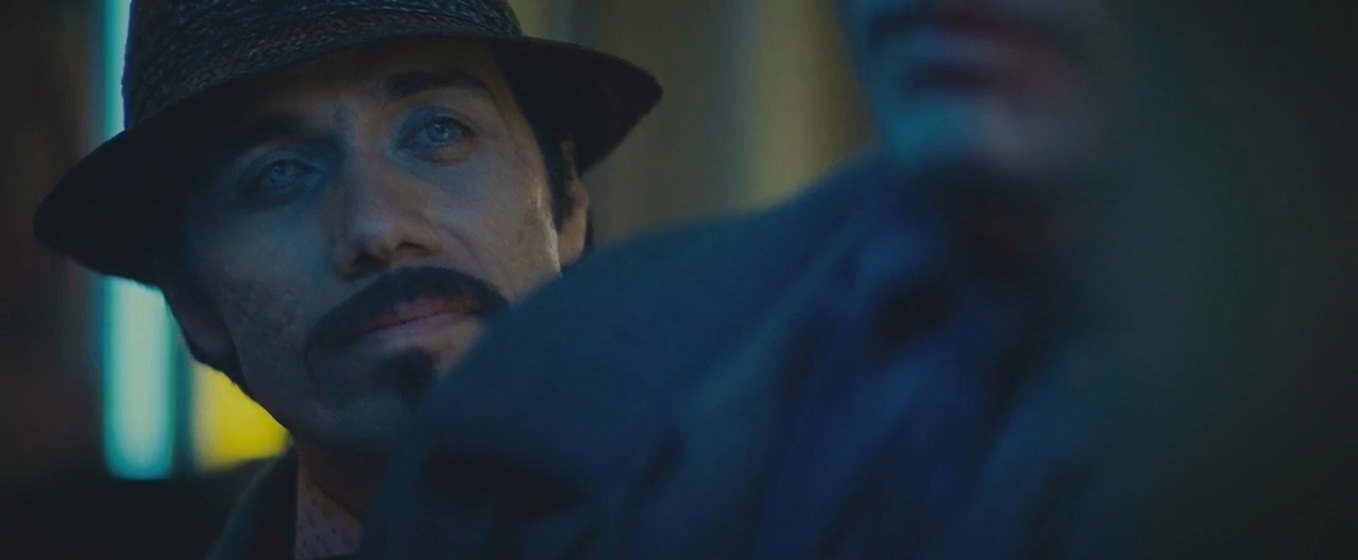
Following the suggestion of Gaff (“It’s too bad she won’t live, but then again, who does?”), Deckard rushes to save Rachael. He finds her safe, but Deckard discovers a unicorn origami on their way out, which lies at the center of the confusion. We have seen Gaff making origami in a previous scene in Bryant’s office, and thus can be certain that Gaff left the origami for Deckard. Curiously enough, in a previous scene, Deckard comes home fatigued and dreams of a unicorn in his half-asleep vision. However, weirdly enough, he dreams with his eyes open, and his eyes glare like the replicants. The association between these two incidents may make some of you think that Gaff can read Deckard’s mind. This, in turn, gives rise to the idea that Deckard is a replicant whose mind is controlled by the real blade runner Gaff.
The early face-off between Deckard and his superior Bryant also suggests a good possibility of Deckard being a replicant. When Deckard denies doing the job, Bryant tells him that Deckard’s either a policeman or “little people,” which seemingly gives Deckard no choice but to venture on the mission. “Little people” can be a human slang for replicants due to their supposed inferiority to humans, which makes Deckard, well, a replicant. When Deckard goes to meet Eldon, they seem quite familiar with each other, which suggests that Eldon may have played a role in Deckard’s inception.
However, the theory of his mind being remotely read by Gaff seems a bit too far-fetched since the movie itself gives us no indication in that direction other than some playful shots. Even if Deckard is a replicant, there are no suggestions made by the movie that humans can read into the minds of replicants unless replicants divulge the truth themselves. The early interrogation sequence with Leon is great proof of that. In the end, then, the movie remains ambiguous about its treatment of Deckard’s character. But the return of Deckard in the sequel puts a stop to the speculation. It reveals that Deckard may very well belong to a future generation of Nexus replicants who live well past their previous fail-safe years.
What Does Roy Say to Deckard at the End? What Does it Mean?
In the end, the movie is about what it means to be human in an advanced technocratic civilization when there are other, and perhaps better, contenders. If the question is whether or not Deckard is a replicant, it is simultaneously whether or not replicants are humane. And Deckard is as much a replicant as replicants are humane. And as the sense of community, love, memory, and an oedipal order (in killing Eldon Tyrell, the founding father of Tyrell Corporation, Roy also commits patricide) reveal among the replicants, it seems that these humanoid creatures are, in fact, quite humane. By the looks, they are pretty much indistinguishable in a crowd of humans.
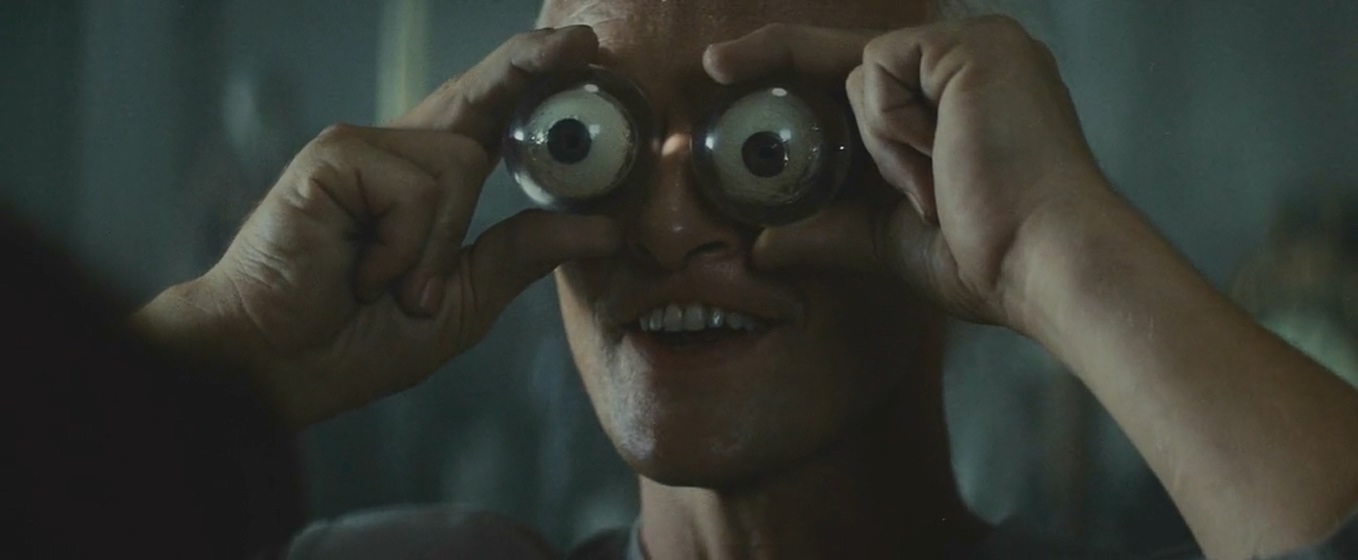
In the end, just before dying, Roy reminisces to Deckard about his past experiences. He has seen attack ships on fire off the shoulder of Orion. He also recalls watching C-beams near the Tannhauser Gate, perhaps referring to Richard Wagner’s operatic adaptation of 13th-century German poet-knight Tannhäuser. Right after Roy dies, a pigeon takes flight. If the pigeon symbolizes Roy’s soul, the final speech would indicate his capability of thinking and recall. While the famous “tears in rain” sequence is not explained in the film in detail, actor Rutger Hauer later said that he wanted to “expresses one bit of the DNA of life that [his character has] felt.”
In his four-year lifespan, the Nexus 6 replicant Roy has seen unbelievable things. By recollecting his experience, Roy only reinstates his humane existence. In a previous scene, Pris quotes Descartes when she says that “I think, Sebastian; therefore I am.” Descartes was co-incidentally a philosopher who trusted rational thinking, which is perhaps the central principle of the Voight-Kampff test. However, the final speech also reveals the impressionable mind of Roy and invokes the age-old philosophical debate of reason versus experience.
What Does the Unicorn Dream Mean?
In the Middle Ages, the unicorn was considered to be a symbol of purity and grace. In the movie, Rachael comes off as an embodiment of both. Rachael is graceful and gentle on her piano, and as a replicant who does not even know that she is one, Rachael is pure and innocent. The unicorn seemingly runs from imminent danger, and Rachael’s life is undermined by an imminent threat when Gaff tells Deckard that he must retire her as well. Rachael’s danger instills fear in the mind of Deckard, the manifest expression of which can be the unicorn he sees in his half-asleep dream.
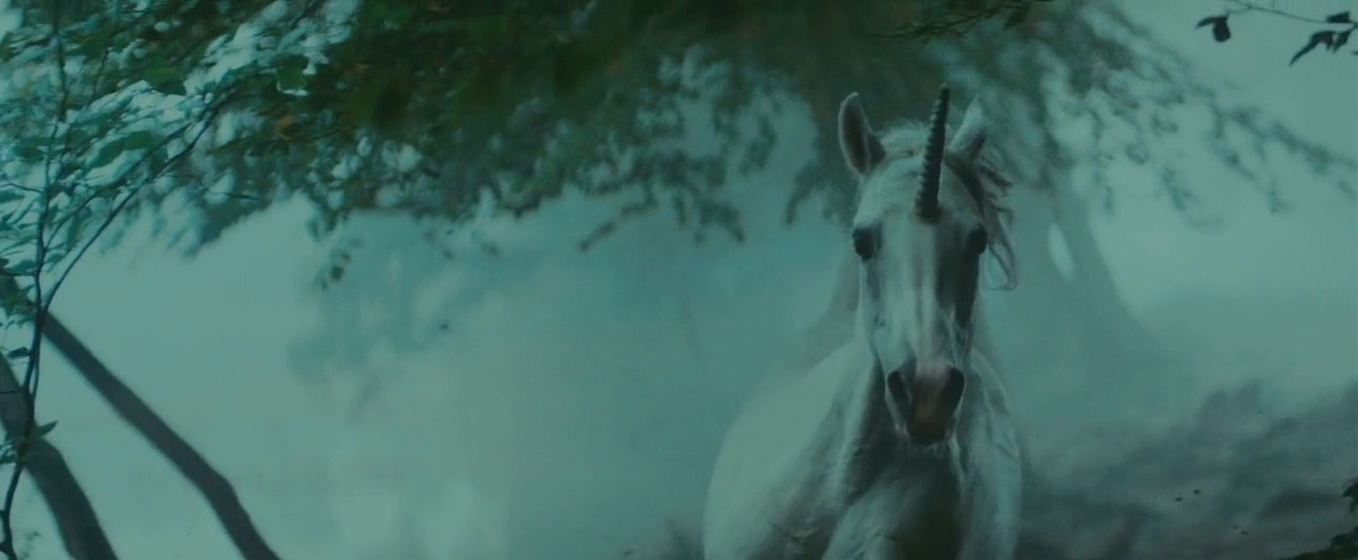
The final unicorn origami means that Gaff has been to Deckard’s apartment and has known about Deckard sheltering Rachael. In the end, therefore, by letting them escape, Gaff does them a favor. He is seemingly taken by surprise by Roy’s moving monologue, but following the death of Roy, he contends that Deckard has done a man’s job. The unicorns also attain an important position in Scott’s 1985 film ‘Legend.’ Therefore, outside the purview of the film, the unicorns also reveal the director’s own obsession with the mythical creature. The unicorn is perhaps a symbolic exploration of the director’s semantic and artistic relation to his own creations.
Why Did Roy Put a Nail in His Hand?
Roy’s character is that of an anti-villain, and the final tragic death of Roy elevates the character to tragic stature. However, shortly before dying, Roy jams a nail in his hand, and some of you must be looking for the reasons behind the action of Roy. It seems that by the finale of the movie, his short lifespan has come to an end, and his pale hand is a major indication of Roy’s imminent death. However, Roy’s mind is not as ready as his body to give up on existence, and he seemingly buys some more moments with the help of the nail. He fights till his last breath and leaves a mark of his existence in endless time.
Read More: Where Was Blade Runner Filmed?

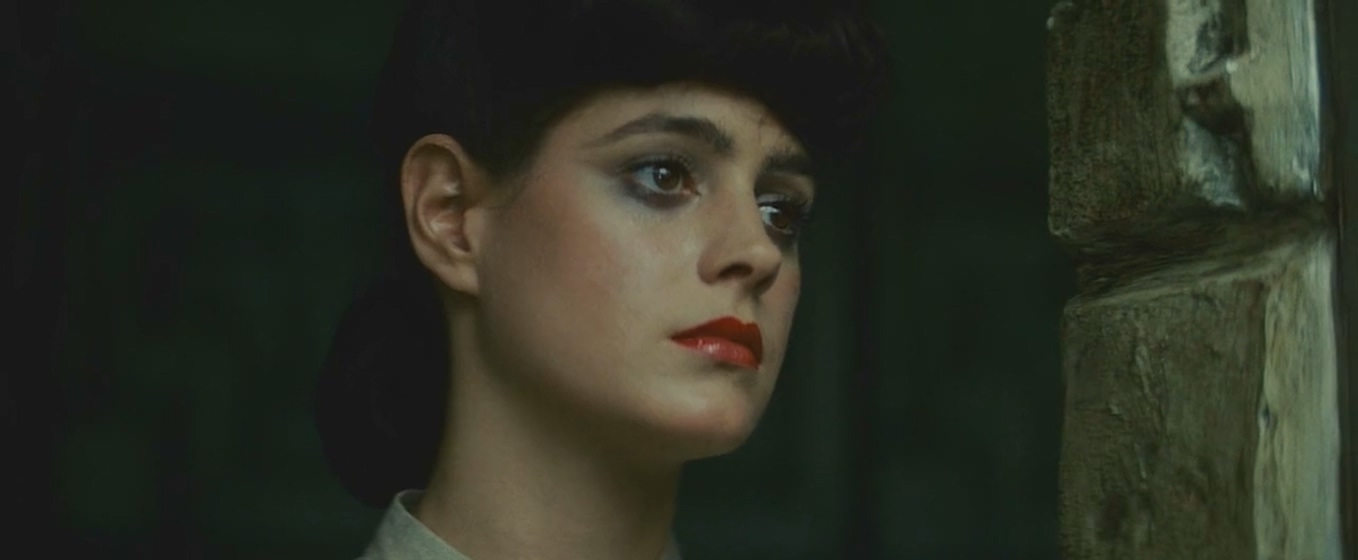
You must be logged in to post a comment.